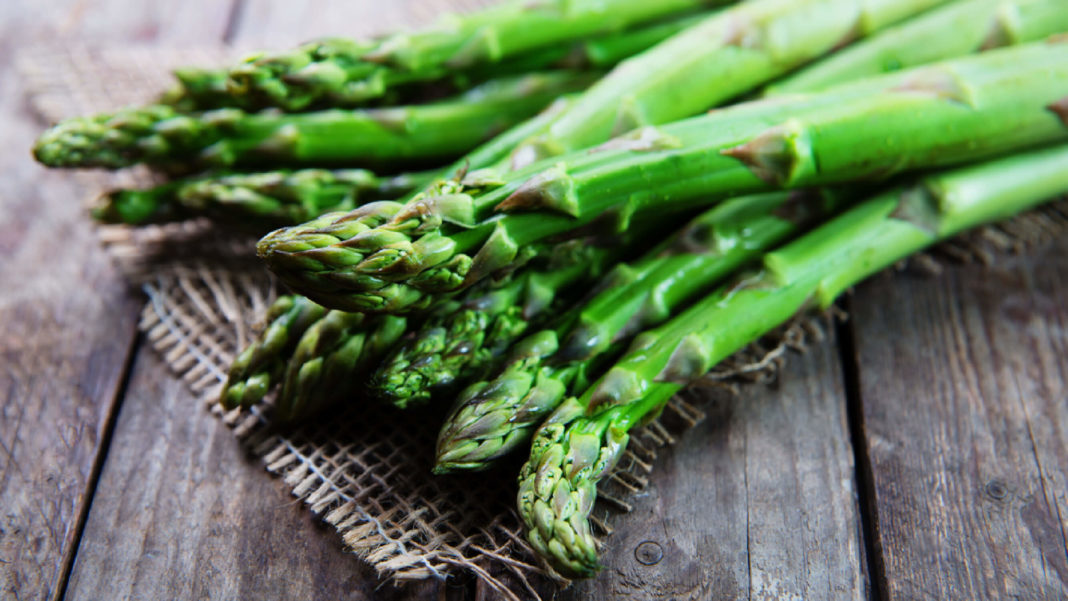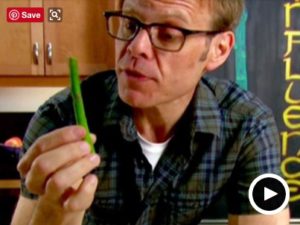Podcast: Play in new window | Download
In this podcast, you’ll learn all about Paul’s hunt for wild asparagus, some tips on how to cook asparagus, and what to look for when buying it in the store.
Topics we cover:
• How much wild asparagus Paul as been picking
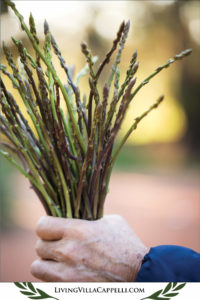
• Why Paul goes picking on Thursdays
• Two ways to cook the asparagus
If you steam them or use a “wet cooking method,” they will taste more “green” and grassy
While if you roast them or use a “dry cooking method,” they will take on a more “meaty” flavor
• How you can cook them/steam them very easily in the microwave using the below method:
http://www.foodnetwork.com/recipes/alton-brown/steamed-asparagus-recipe
• When Paul worked on microwaves for GE, the best uses for microwaves
• Paul recipe a pasta cooking the wild asparagus with some mussels, garlic, onions, parsley, and tomatoes
• How you pick the wild asparagus, pinching them off a picking them from the fields
• How asparagus goes well with shrimp
• A bit about our KTM chili flakes which contains the Carolina Reaper
• The tomatoes we use for cooking in the winter, a slightly dried hanging tomato
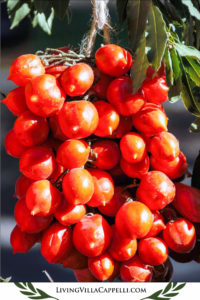
• The most amazing bowl of Pasta had in Naples features just tomatoes and basil
• The waiter claimed it was so good because the tomatoes were grown in the volcanic soil
• The way some of the older women make fresh tomato sauce
• Some tips on buying asparagus
Look for bright green or violet-tinged spears with firm —not limp — stems.
The tips should be closed and compact.
Avoid limp asparagus. Take out a stem from the bunch and see if it is limp.
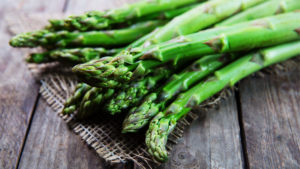
• How to store your asparagus when you bring it home — namely placing them in just a bit of water as if they are fresh cut flowers
• But why you should eat it very quickly
• How Paul likes the asparagus with our new Red Wine Vinegar
• The smell associated with asparagus — how some people have it, some can’t detect it, and how they don’t know why it happens
• How food transcends all
• How the last podcast hit a nerve with some people (LINK)
Bonus asparagus info:
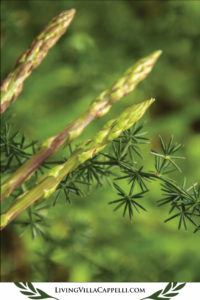
• Asparagus is made up of 93% water.
• It is low in calories and is very low in sodium.
• It’s a good source of vitamins and fiber.
• The white version of asparagus enjoyed in the Netherlands, Spain, France, Poland, Belgium, Germany, Austria, Turkey, Italy, and Switzerland. The asparagus is covered in soil as they grow to “blanch” them. Since no photosynthesis starts, the shoots remain white. It is believed to be less bitter and much more tender. But honestly, I’m not so sure on that. I personally like a bright, green asparagus.
• Hollandaise sauce is a popular sauce to serve with asparagus. Hollandaise is an emulsion of egg yolk and liquid butter with lemon juice, salt, and pepper.
• Asparagus originated in maritime habitats, so it likes soils that are too saline for normal weeds to grow. Thus, a little salt was traditionally used to suppress weeds in beds intended for asparagus. The downside to this is of course that bed couldn’t be used to grow anything else.



